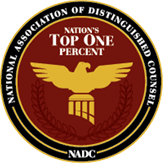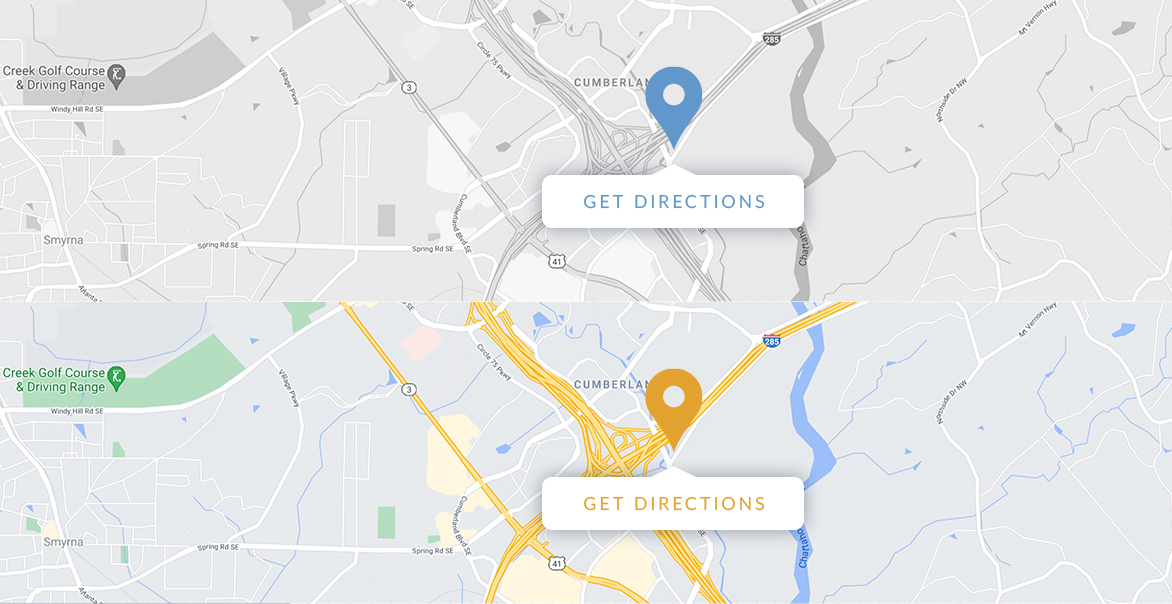Chain-Reaction Car Accidents — Who is at Fault?
“Chain-reaction” car accidents — in which one driver’s actions cause another driver to be injured, and then another, and so on — commonly result in extensive damage, and confusion surrounding who is liable. The involvement of multiple vehicles makes it very difficult to identify which drivers are at fault for which injuries, and raises questions about if the initial impact can be blamed for the entire incident. A chain-reaction car accident is essentially multiple collisions which occur in the same place, making the question of liability perplexing.
A Driver’s Responsibility When Witnessing a Car Accident
When you see a car accident happen right in front of you, there are certain things you can do to keep yourself and others safe, such as slowing down, turning on your hazard lights, and using your turn signals. Anything that helps you avoid the collision and warn other drivers of the danger ahead can help reduce the likelihood of another accident happening.
A driver who deliberately avoids driving safely following a car accident could be liable for other collisions which result. For example, a person who swerves into another lane without using their turn signal or checking in their mirror for other drivers, and causes another accident, would likely be liable for those damages. Although they swerved to avoid the accident, it was ultimately their reckless driving which caused the second collision.
Liability for the Initial Accident
Whoever is found liable for the first accident would be responsible for covering the damages that resulted from that collision. Beyond that, it is possible that they may share some liability in the other resulting car accidents.
Each new car accident is often treated as its own claim, but the first driver could share liability if they exhibited extreme negligence. For example, a driver who was under the influence and caused the first accident may share blame in the other cases for creating the hazard on the road.
Who is Liable for my Injuries?
There is no overarching rule for determining fault in a chain-reaction car accident case because every claim is different. Establishing fault in your case will involve careful evaluation of the details of your specific circumstance.
If you were injured in a chain-reaction car accident, you should collect all relevant evidence, just as you would in any collision case. It can be difficult to determine who is at fault for your injuries, but with comprehensive evidence and the help of our attorneys, you can find the liable party.
Contact Whiteman, Hamilton & Conklin, LLC by sending us a message or calling 404-800-4661. Initial consultations with our lawyers are free.
To schedule a free consultation with our lawyers, complete our contact form or call 404-800-4661.





